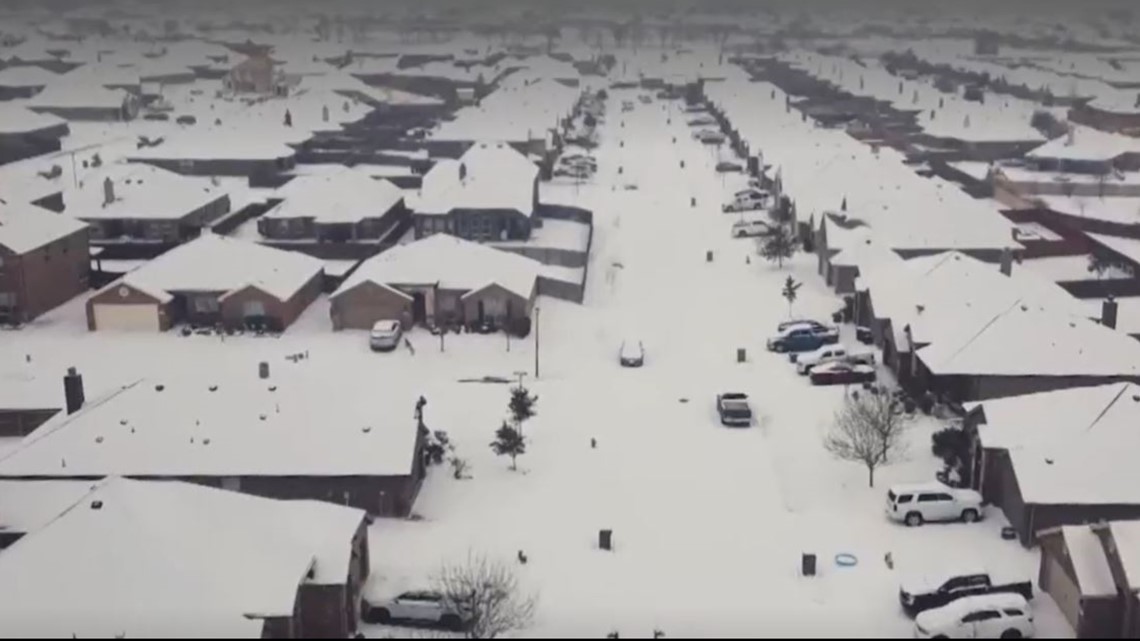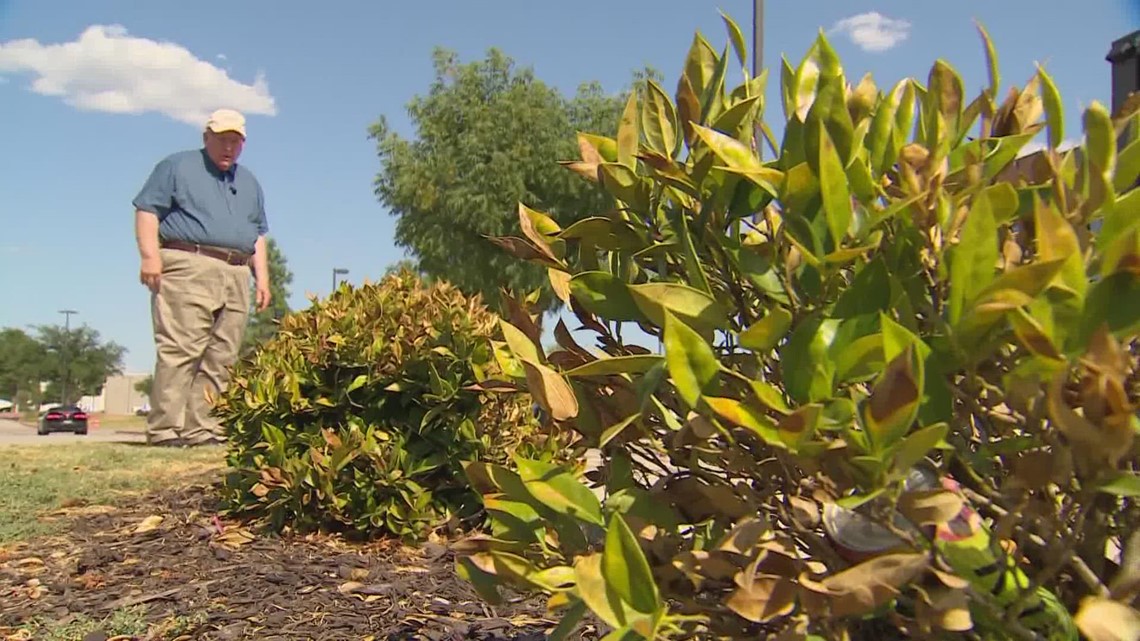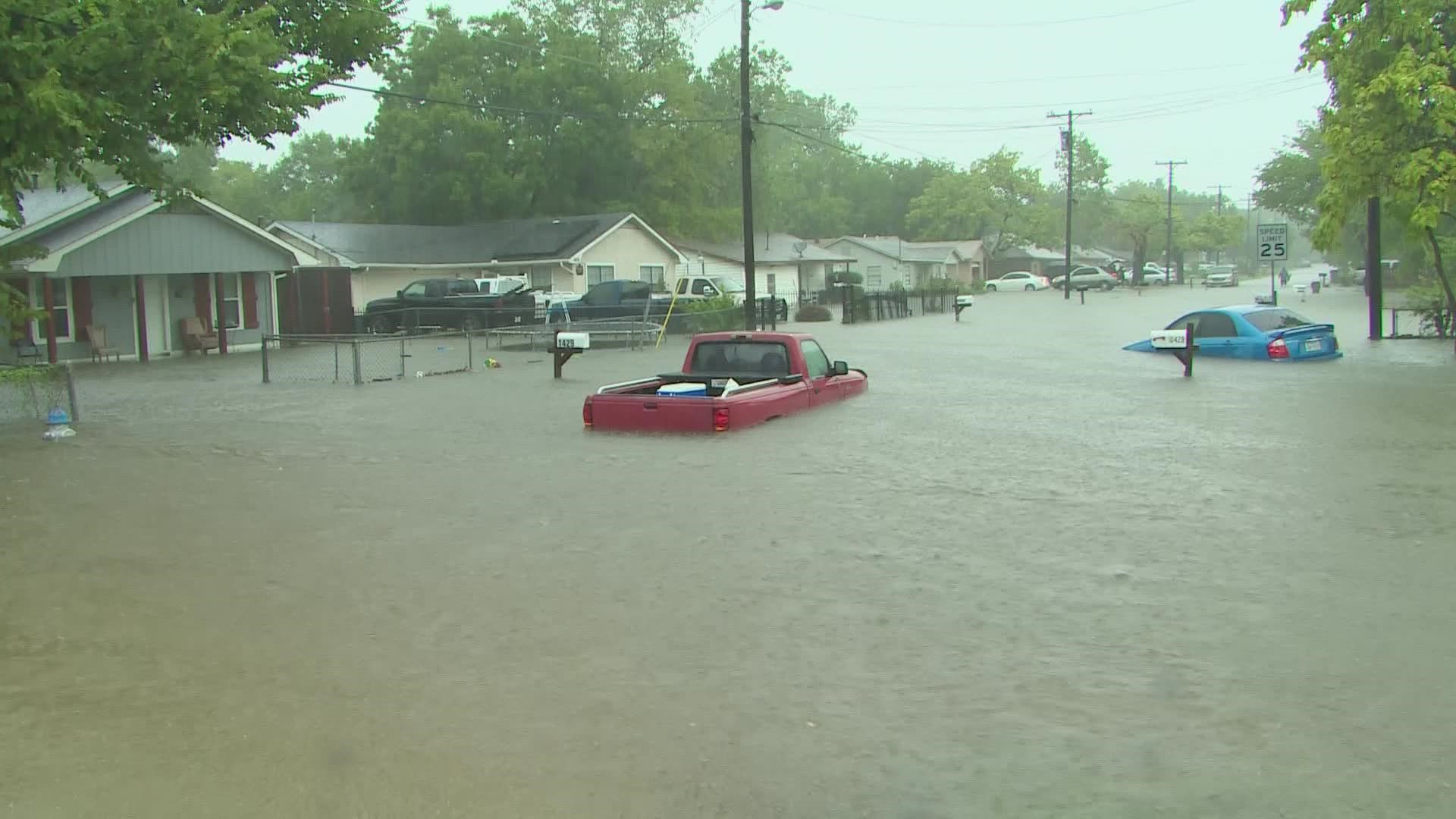DALLAS — First came the heat -- 100 degrees by early June.
Then came 67 straight days with no rain.
Fires broke out across North Texas and quickly spread across a region battling severe drought.
Throughout July and into early August, tens of thousands of acres burned.
A grass fire quickly spread through a dry, overgrown field in Balch Springs on July 26, damaging dozens of homes.
Then, in a 24-hour period from Aug. 23 to Aug. 24, more than a foot of rain fell in that very same city.
It felt like extreme weather whiplash. But has it always been this way?
“We definitely get extreme weather occasionally in Texas,” said state climatologist John Nielsen-Gammon. “Some of the most extreme weather in the U.S. happens here, particularly at the wet end.”


Nielsen-Gammon is also a professor at Texas A&M University.
“We’re sort of at a good spot, unfortunately, because we’re sitting above the western edge of the Gulf of Mexico and a lot of tropical moisture tends to feed northward across Texas.”
Instability can feed thunderstorms that produce some pretty impressive rainfall rates, Nielsen-Gammon said.
“If the weather patterns work out and the rain keeps falling at the same place, you can get these sort of astronomical totals.”
During Hurricane Harvey -- the fifth anniversary of which falls on Thursday -- about 60 inches of rain fell in some of Texas’s coastal cities.


And Texans don’t have to search too far back in their memories to conjure up the awful pain from February 2022, when the entire state was under a freeze warning and power failed.
Heat, drought, fire, flood and a freeze – it’s a lot for residents of this state to manage.
But recent extremes don’t surprise a scientist who’s studied Texas’s extreme pasts.
“It’s certainly very rare, but it is within the realm of what has happened in Texas and what can happen in the future,” Nielson-Gammon said.
He’s been the state climatologist for 22 years.
His office issues forecasts, like an assessment of historic and future trends of extreme weather published by the nonprofit Texas 2036.
The report predicts Texas’s average annual surface temperature by 2036 will be 1.8 degrees warmer compared to the average from 1991 to 2020.
The number of 100-degree days is predicted to nearly double by 2036.


Also according to Nielsen-Gammon’s report, extreme precipitation will increase in intensity on average statewide by two to three percent compared to what fell from 2001 to 2020.
It’s difficult to say which extreme presents the biggest risk for Texas because they are all “different phenomenon with different effects,” he said.
“The challenge really is to, on the one hand, figure out which extreme cases we really do have to worry about. And, on the other hand, get people to worry about them before they happen rather than after they happen,” he said.
“Some people thing climate change is not real. Some people think climate change is making all types of extreme weather worse. The truth is somewhere in the middle.”

